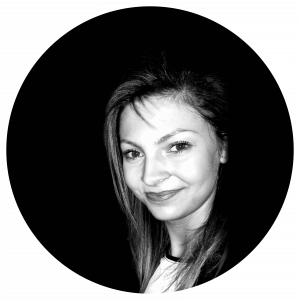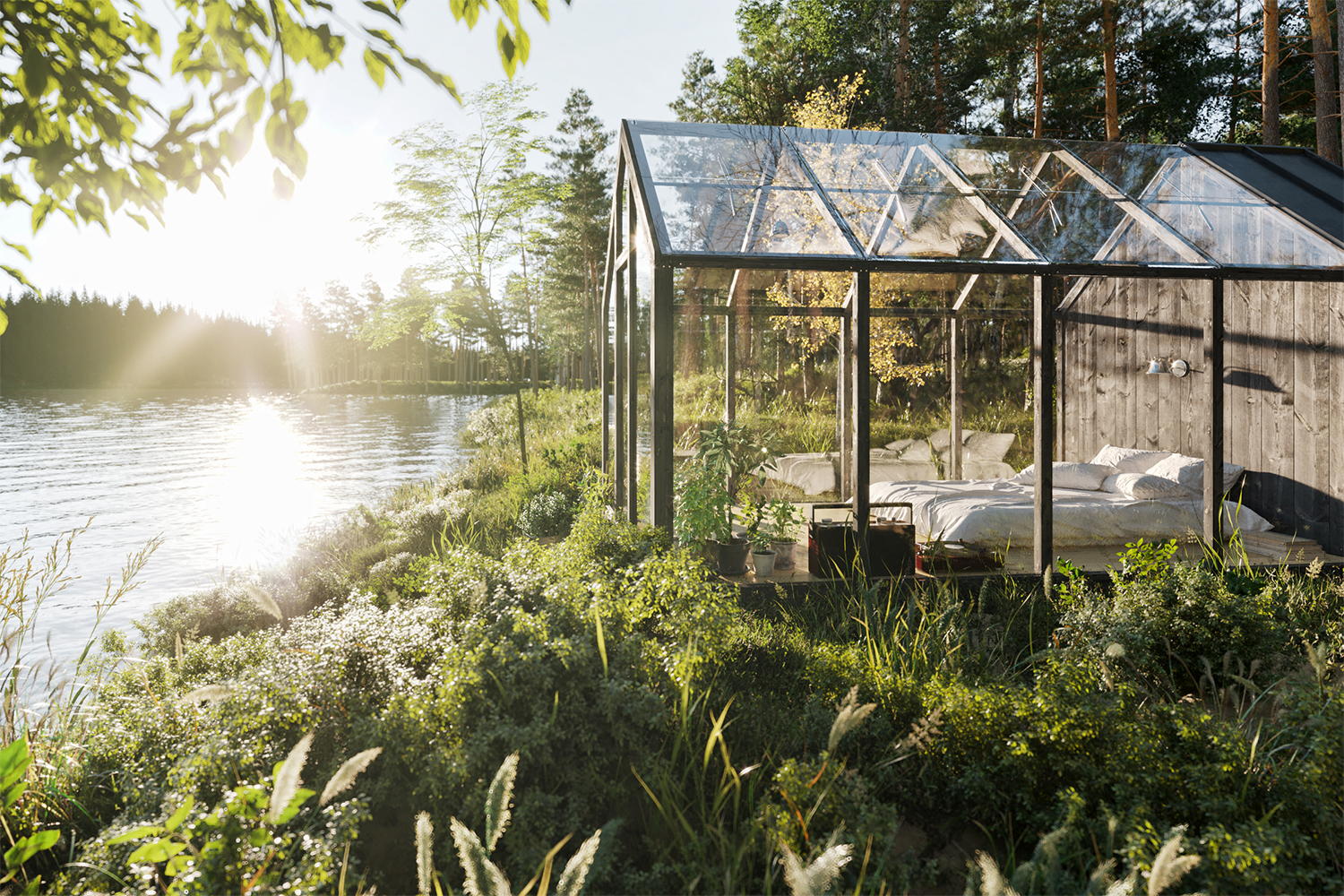Artist Spotlight: Recreating lush, vivid beauty with Ewelina Lekka
Every now and then we come across a piece of art that redefines what we’ve come to expect from the term, “photorealism”. And the gorgeous lakeside render, “Dream Garden Shed”, by Ewelina Lekka, is one such example. We had a chance to speak with Ewelina about her inspiration and process for bringing this inspired work to life.
In Ewelina’s words:
Hello everyone!
My name is Ewelina Lekka. I’m a Polish architect and 3D artist. I’m working as a freelancer and I’m a self-taught 3D graphic designer.

3D is my biggest passion. What I love most of all is creating warm exteriors full of greenery. And so it is with this project. I made it using Autodesk 3ds Max, Corona Renderer, Photoshop, and Quixel Megascans.

My goal is to create realistic visualizations — and with every new work, I try to do this even better. And in my “Dream Garden Shed”, assets from the Quixel Megascans library helped me achieve just that.
Inspiration
My biggest inspiration was the Kekkilä Green Shed project by Linda Bergroth and Ville Hara. I love the mood and beautiful location which I found to be perfect. I decided to show it on my own the best I can. When I make renders based on photos, I like to make them as close to the reference images as possible, as I find this to be a really great challenge for me 🙂 Here are some the reference images I worked off.

Modeling and Vegetation
The most important part of this project was the environment, specifically the greenery and landscaping. To create the landscape, I used a simple Plane, converted it to Editable Poly, added a “Populate Terrain” script, some Noise, Smoothness, and UVW Mapping. I also added some “Push/Pull” effect to make the terrain more irregular, like in the real world.

To create the greenery in the environment (grass, bushes, trees, and plants), I used the iToo Forest Pack plugin, while most of the vegetation on the ground such as pebbles, old bark, and small wood debris are all 3D assets from the Megascans library.
When exporting Megascans assets to 3ds Max, I used Megascans Bridge — a very useful application which allows exporting your 3D models, plants, and surfaces with shaders ready for specific render engines. It’s a huge time-saver!
I used displacement effects with all 3D scan models, surfaces, and atlases from the Megascans library. Below are the ones I used for this project:

The Megascans library also has 3D bricks! This is a 3D asset I have long been looking for. They are also 3D scanned models from Quixel. They elevated one of my close-up renders (below) to a whole new level!

Preparing Atlases
I created a simple Plane and put a shader on this Plane. I then converted it to an Editable Poly and added some Noise for a more natural effect.

For some atlases, I needed to cut it out from a Plane and then add Subdivide and some Noise.

For some potted plants, I used the Bend modification to make for more realistic effects. The quality of the atlases was high enough to allow me to use it in my greenery conception. Take a look.

Megascans atlases have tremendous potential to lend some very natural effects in a fast and easy way — without needing a lot of polygons and without the need to create a very heavy scene.
Lighting
Lighting was another key element of this project. In the final renders, I used only two HDRI maps. I wanted to create a warm and sunny atmosphere that would elicit very positive emotions.

I also had in mind some moody scenes on a cloudy day.

The night scene was made by simply using interactive LightMix — an option available within Corona Renderer.

Final Renders
The final touches were made using Photoshop, though there wasn’t much postproduction in this scene. I used Curves and Levels for making a more expressive image. Adobe’s Camera Raw filter is a very useful plugin, as it helped me keep much better control over exposure, highlights, and shadows.




I had a lot of fun using Quixel Megascans. It’s a huge library full of high-quality assets. It gives infinite opportunities to create photorealistic work.
Thank you!
Many thanks, Ewelina! Check out this talented artist’s work on Behance.
Got a Quixel-infused project you’d like featured? Send your process breakdown write-up, bio, and hi-res images to blog@quixel.se.


